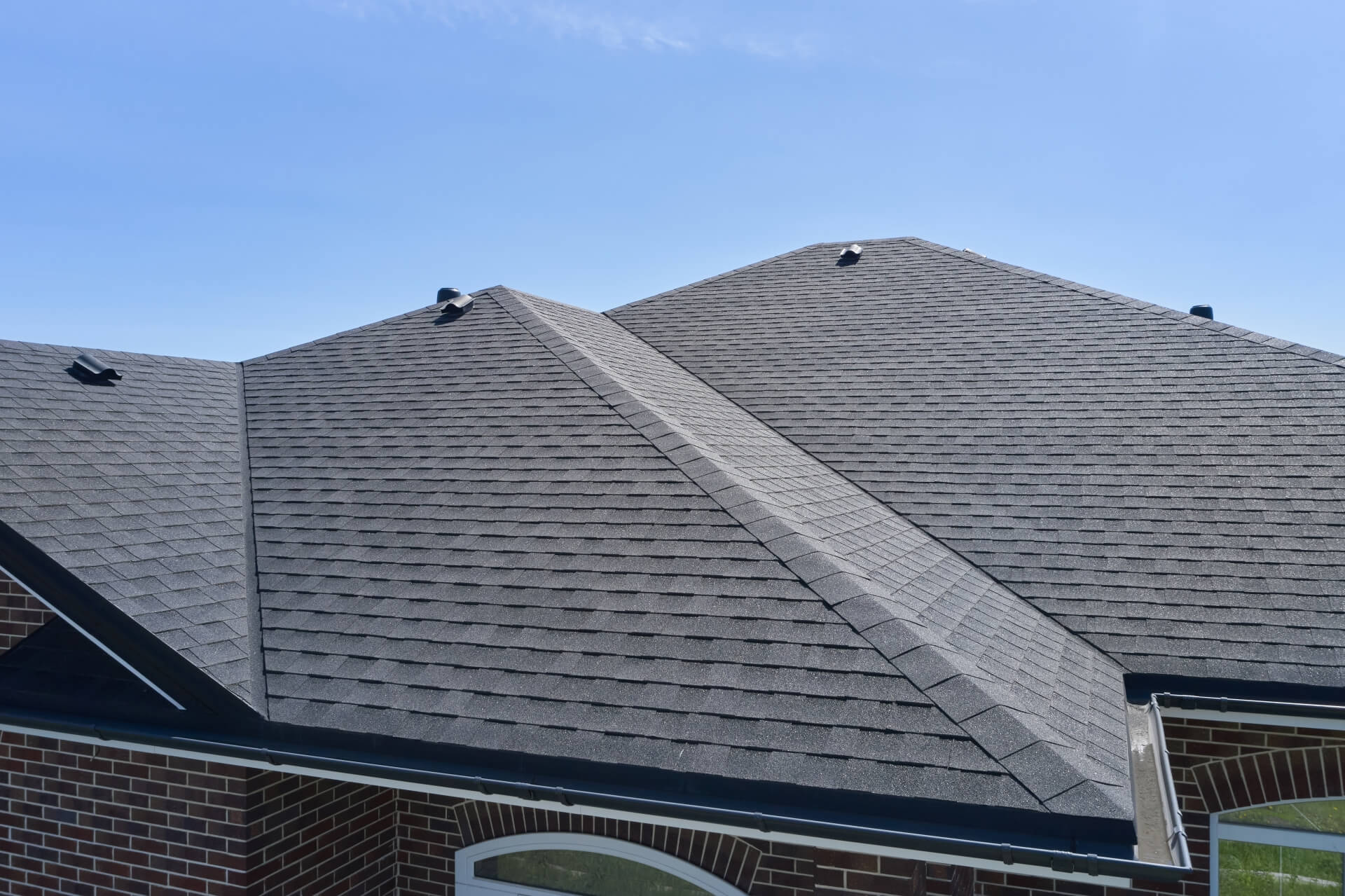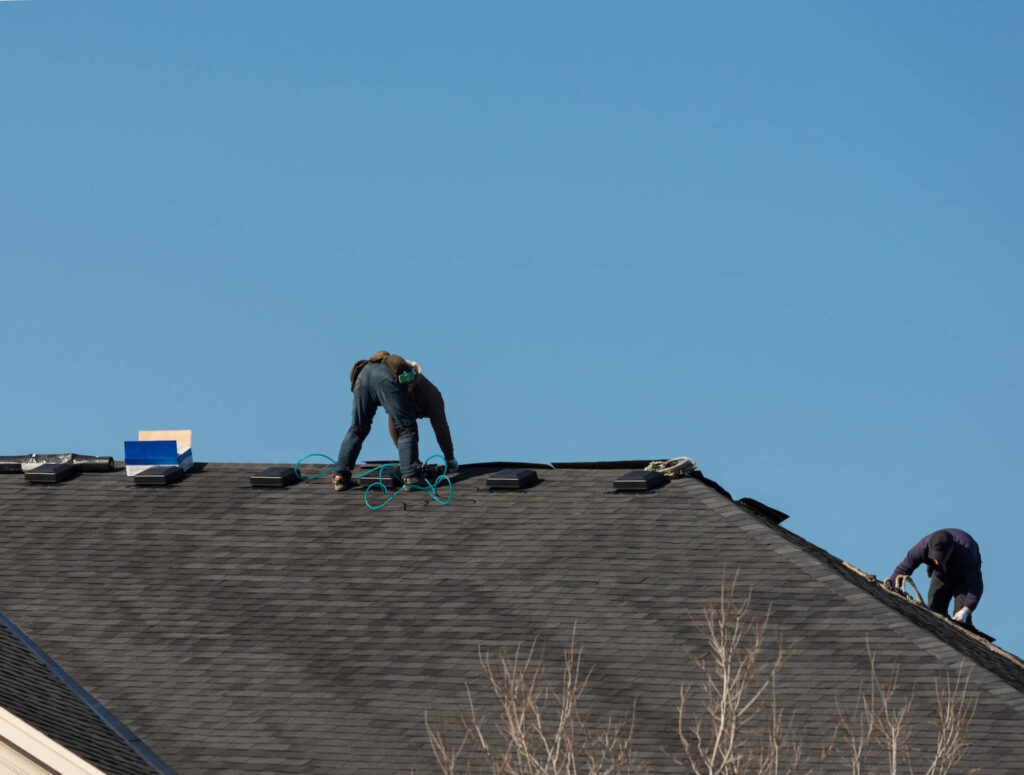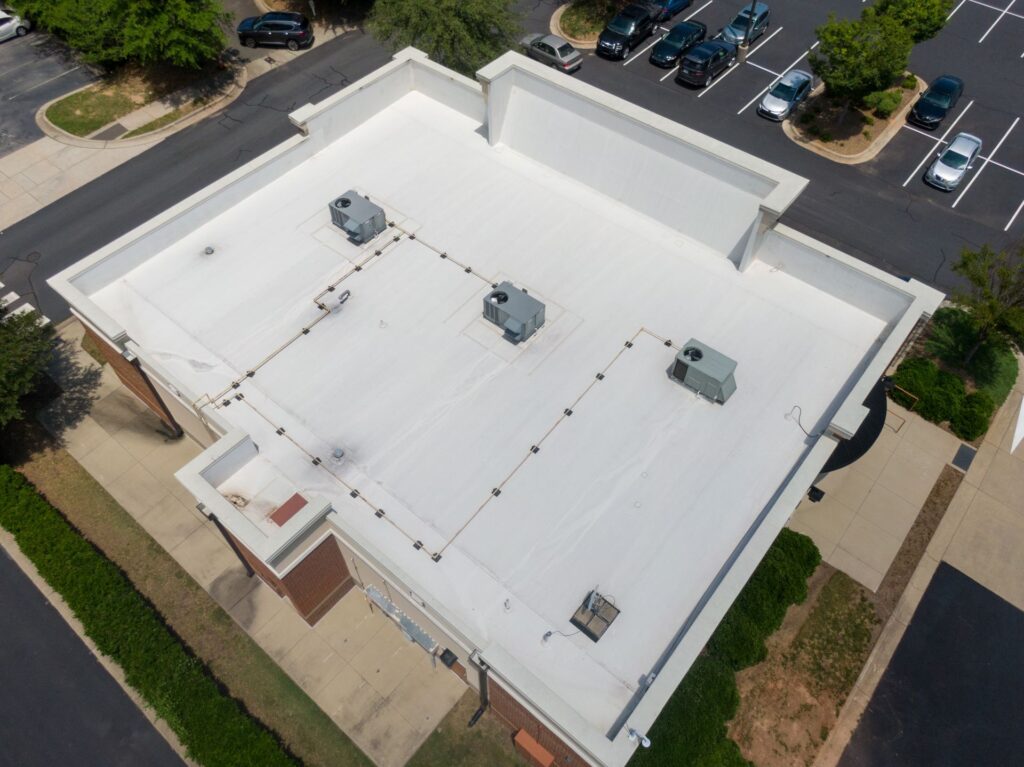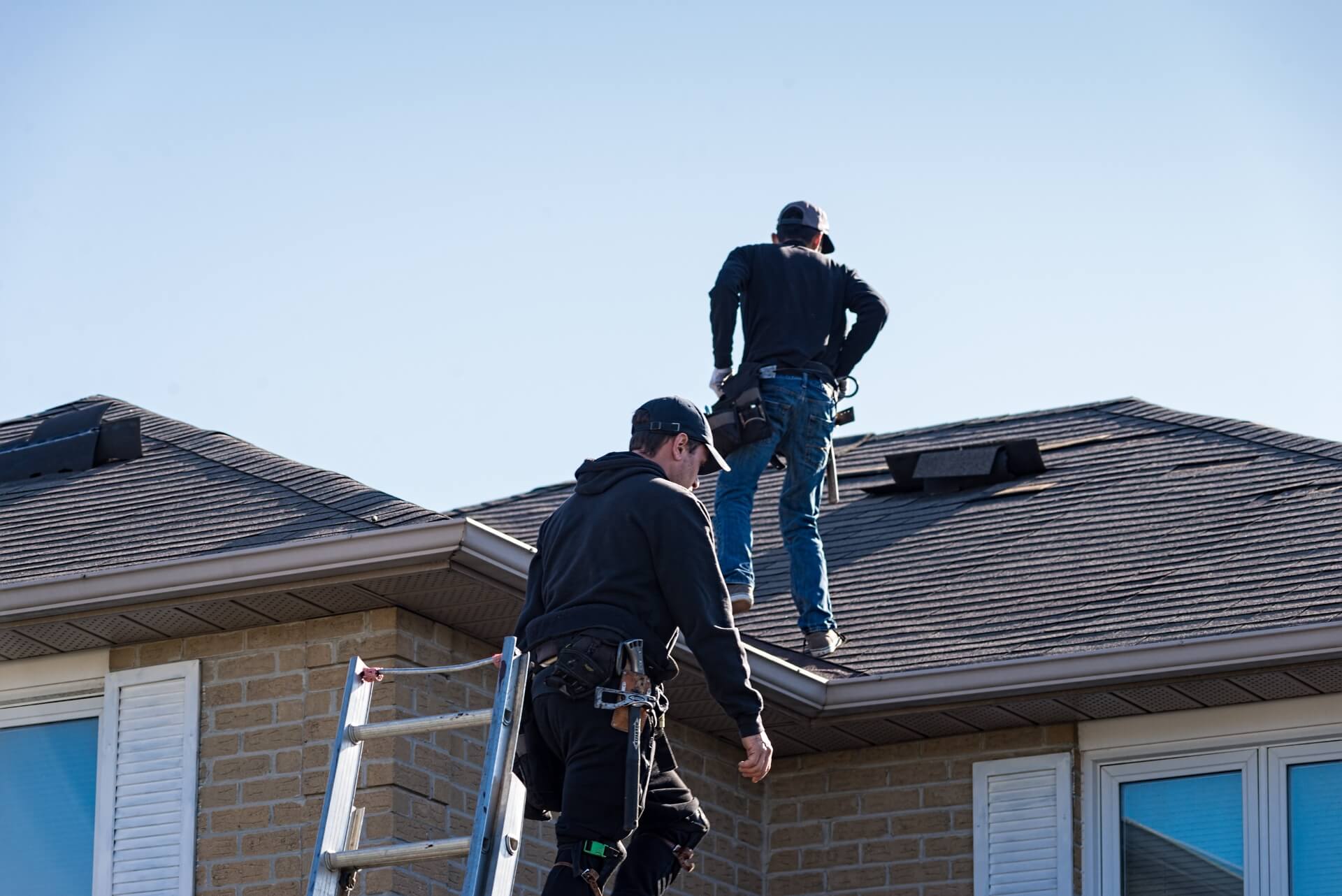Our Partners





When your roof fails, trust Synergy Roofing for outstanding roof replacement in New Orleans. We provide expert installation for both residential and commercial properties with exceptional quality and reliability. Your satisfaction drives every roof replacement project we undertake, with meticulous attention to detail and confidence in our workmanship.
Our specialists protect your property while efficiently installing your new roof on time and within budget. With expertise to handle any property type, our fully insured professionals consistently exceed expectations. When you need dependable roof replacement done right the first time, our skilled team is the only call you’ll need to make!



For New Orleans families needing complete protection, contact Synergy Roofing for expert roof replacement in New Orleans – your trusted local specialists who understand the unique challenges our historic city’s homes face!
Experience unmatched quality with Synergy Roofing, where expert craftsmanship meets outstanding customer service for peace of mind during your New Orleans Roof Replacement.
Our specialized repair crews respond quickly to roof emergencies throughout New Orleans. We arrive fully equipped to assess damage, tarp vulnerable areas, and implement immediate solutions that prevent further water infiltration and property damage.
With extensive experience repairing New Orleans roofs, our technicians understand the unique challenges presented by our local architecture and climate. This knowledge allows us to identify underlying issues and implement repairs that address both immediate and long-term concerns.
Every Roof Replacement New Orleans project begins with a comprehensive inspection followed by a detailed estimate. We carefully explain all repair options, associated costs, and timeline expectations so you can make informed decisions without surprise charges.
We select premium repair materials specifically engineered for hurricanes and other harsh conditions. These specialized products offer superior resistance to UV exposure, heavy rainfall, and high humidity while extending the overall lifespan of your existing roof system.
All replacement work is performed by licensed, bonded technicians who maintain comprehensive insurance coverage. This protection ensures both your property and our workers remain fully protected throughout every phase of the repair process.
Our roof repairs include comprehensive workmanship warranties that provide long-term protection for your investment. We stand behind our roof replacement work with response guarantees and follow-up inspections to ensure complete satisfaction.
When hurricanes and tropical storms batter the Gulf Coast, complete roof replacement in New Orleans becomes essential for protecting your home and family. Synergy Roofing specializes in thorough, comprehensive hurricane damage restoration, providing entirely new roofing systems to address catastrophic storm impacts. We deliver storm-hardened roof replacement solutions that defend against future hurricanes while preserving your home’s historic charm and character.
Not sure if you need repairs or a full roof replacement after hurricane or storm damage? Schedule your New Orleans roof inspection with Synergy Roofing today. Our experts will recommend only what’s necessary, saving you from costly emergencies. One call brings peace of mind!
Synergy Roofing dominates the New Orleans roofing market with our growing family of happy clients across Southeast Louisiana. Check out what our customers are saying:
See why you shouldn’t look for any other roofing companies in New Orleans, LA besides us!
All the members of our New Orleans Roofing team underwent certification so they can provide you with the best possible roofing services! We ensure they are competitive in terms of knowledge and expertise. They excel in various areas and are compatible with everyone!
We guarantee your projects will be completed to the highest quality in the most time-effective manner and you will be satisfied with the results! Aside from that, we value both the services that you will need after the project completion and before the project starts equally. We are extremely responsive and dependable to field any roofing concerns after installations.
Our New Orleans Roofing professionals know all there is to know about roofing. Their expertise allows us to reach far and wide to find a roofing solution within your budget. Roof repairs and roof replacements shouldn't have to succumb to pricing.
synergy roofing & construction
Synergy Roofing has certified roofers, free inspections, top-notch materials, and affordable services. What more could you ask for? If you want only the best for the roof that protects your house and your family, contact us!
Have any questions?
Our Service Areas
Our Service Areas
Our Services
Contact Info


No commitment, no sales pressure, no BS – just an honest assessment of your roof’s condition from our certified roofing experts.